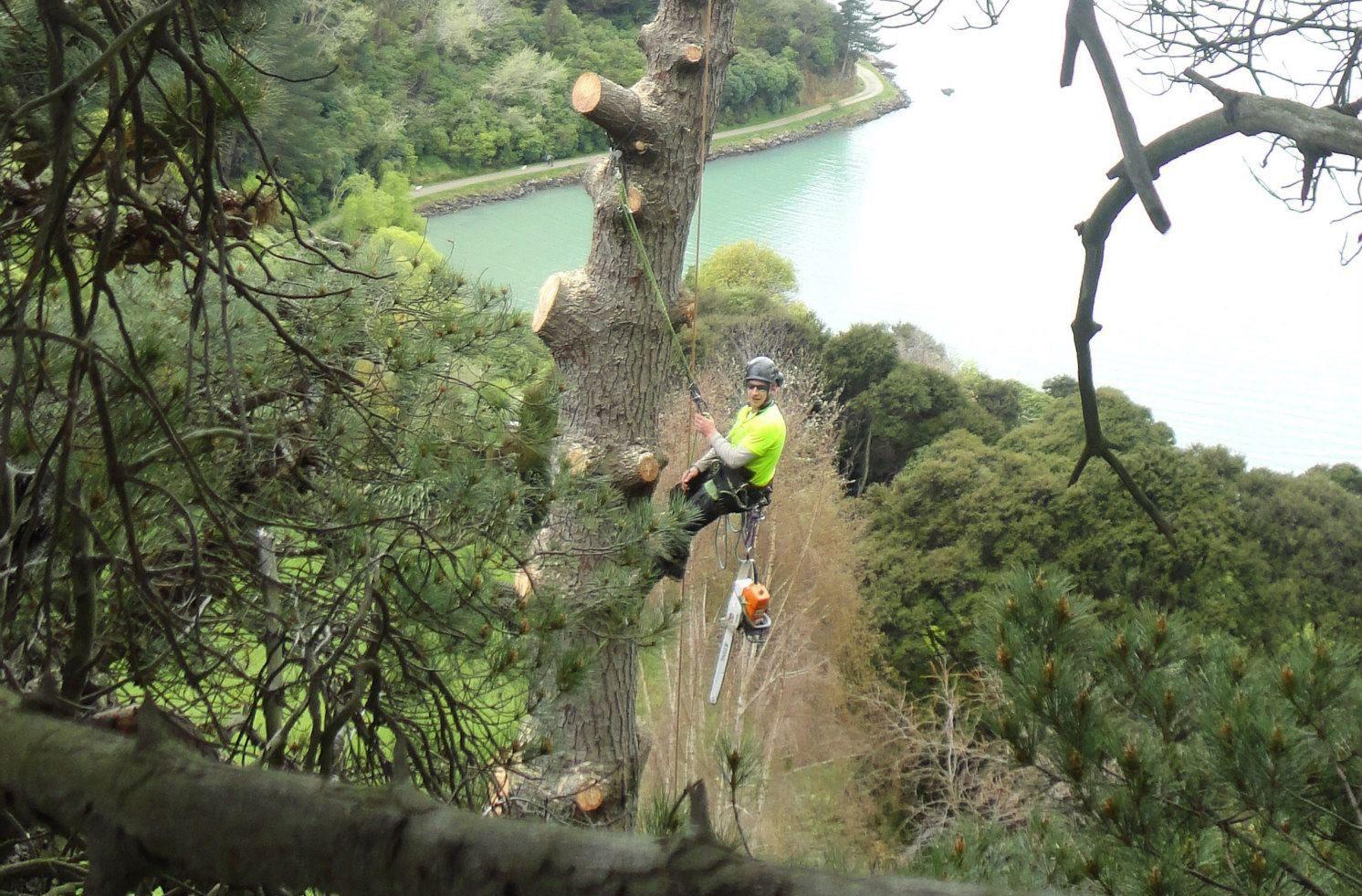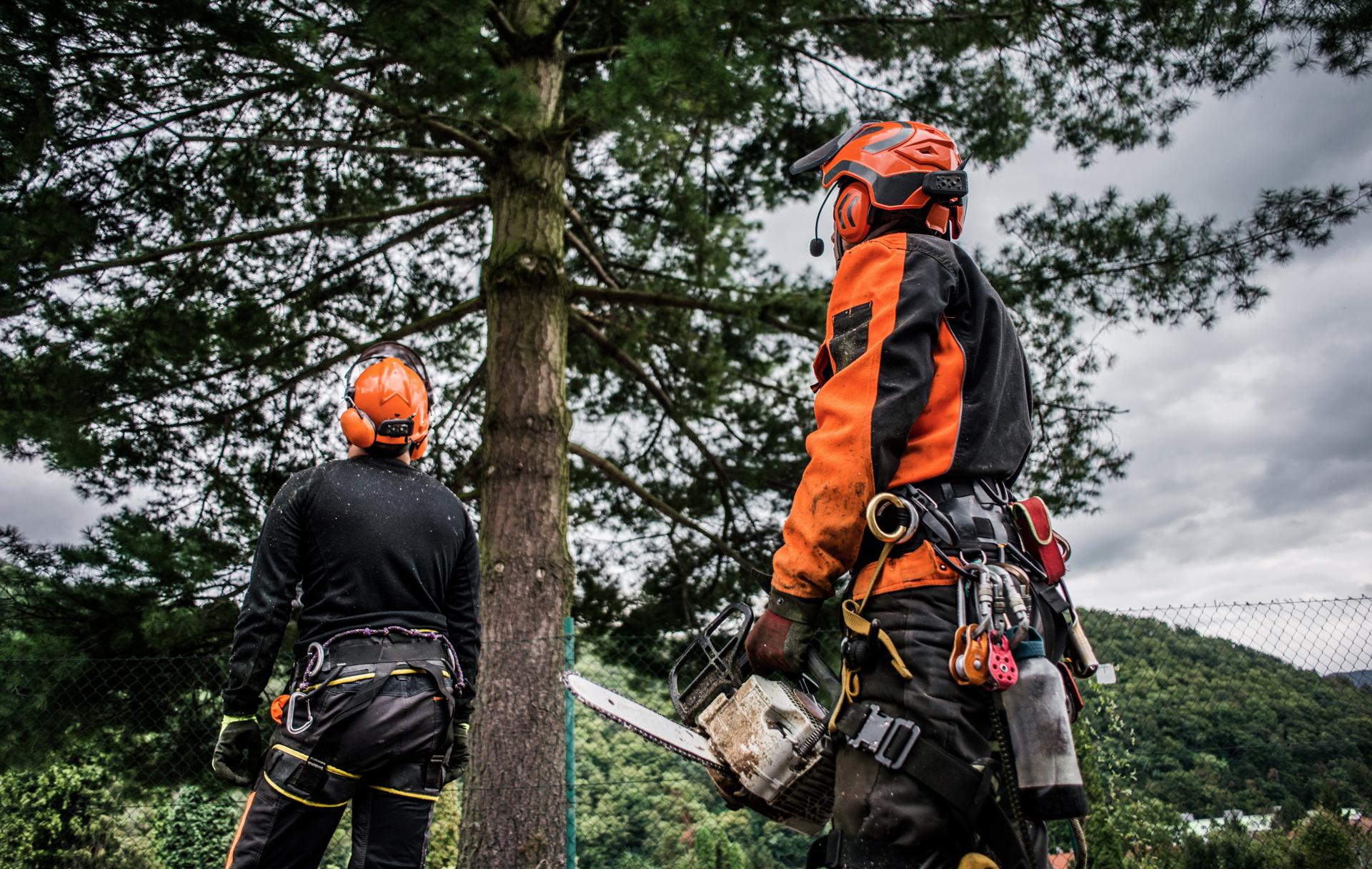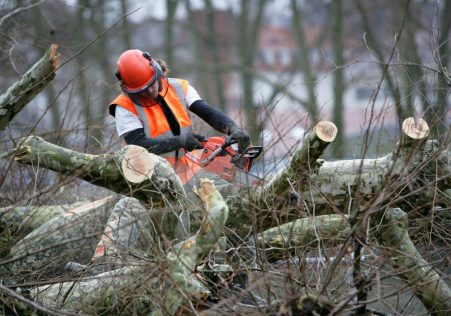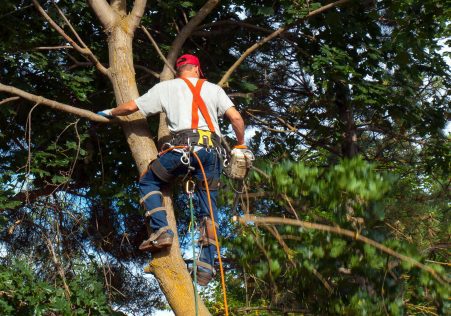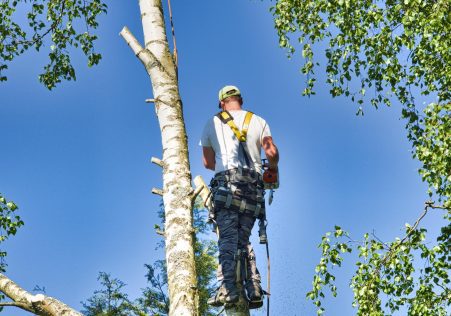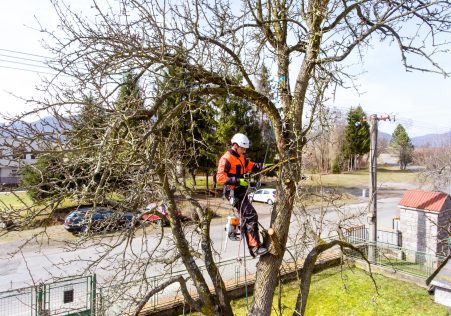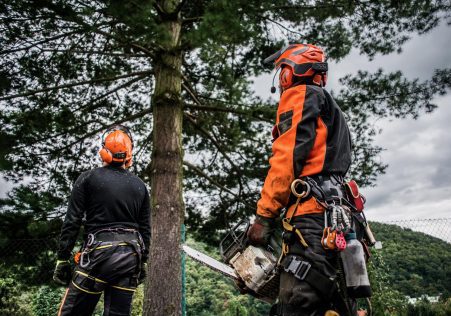Longevity of the Time Tree Roots Stay On
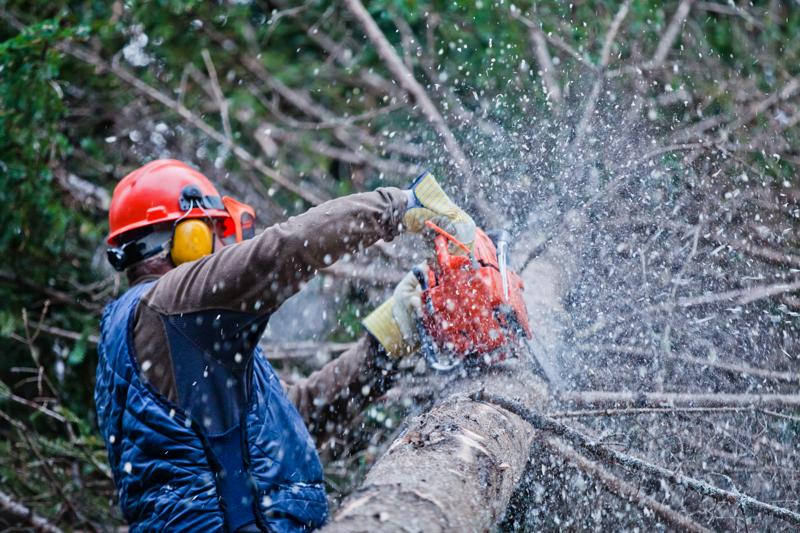
Tree removal is an essential task for homeowners, but it’s not as simple as cutting off the trunk and leaving the roots to decay. Knowing the life span of tree roots is crucial for ensuring your removal is completed in a safe and secure manner. This article we’ll examine the duration that roots last after a tree has been cut down and answer many of the frequently asked questions regarding this subject.
How long do tree roots live after cutting down?
The life span of the tree’s roots after it has been cut down can vary widely based on the species of the tree being cut down, length of the roots, as well as the environmental conditions. It is generally possible to conclude that the roots of trees will continue to live for many years after a tree has been cut down. The reason for this is that the roots are still capable of taking in water and nutrients from the soil, long after the plant has been removed.
Factors that affect the longevity of Tree Roots
There are many factors that can affect the longevity of tree roots after a tree has been taken down. Some of these include different species of trees Certain species of trees have roots that are more durable and more durable than other species. For example, oak tree roots are known to live for many decades after the tree was taken down. Dimension of roots The more extensive the tree’s root system is, the longer they’ll likely last after the tree is taken down. This is because larger roots are able to absorb nutrients and moisture from the soil. Environmental conditions: The soil type, temperature, and the level of moisture in the area in which it was cut can influence the lifespan and longevity of roots. When the soil becomes dry, compacted and degraded the roots are likely to decompose more rapidly. In the case of soil that is well-drained and moist it will be longer lasting for the roots.
What happens to tree Roots After cutting them down?
If a tree is cut down the roots gradually begin to decay. This process can take several years depending on the circumstances discussed above. In this period the roots slowly release nutrients back into the soil which could be beneficial for other plants that are in the vicinity. After the roots have completely decomposed, they will no longer be a danger to surrounding structures or landscapes.
FAQs:
Are tree roots able to grow again after cutting down?
No, tree roots cannot regrow after a tree has been removed. After the roots have been removed, they will gradually start to decay and not be able to growing again.
Can tree roots continue to expand after cutting them down?
The roots of trees won’t remain growing after a tree has been taken down. However, they will continue to live for several years, as they’re still capable absorption of nutrients and moisture out of the earth.
Do tree roots continue to grow after the cutting?
The roots of trees aren’t going to continue spreading after a tree has been taken down. Once the tree has been removed, the tree’s roots are slowly beginning to break down and no longer pose a threat to the landscape or surrounding structures.
Conclusion:
In conclusion, the duration of tree roots following the tree is cut down can vary greatly according to a number of variables. Knowing the duration the roots of trees will last is essential to ensure that the tree removal process is carried out in a safe and secure manner. If you own an existing tree that requires removal, it’s recommended to employ an experienced The Hills Tree Removal arborist to carry the task. Our highly trained and experienced arborists are equipped with the right equipment and expertise to safely and efficiently remove trees, and to address any concerns about the longevity of the roots. Call us today by phone at 0480 024 203 to schedule a consultation and find out the details about our services for tree removal within The Hills Shire. Do not risk damaging your property or risking your life by attempting to remove a tree on your own. Let the experts at The Hills Tree Removal handle all of the tree removal requirements.

